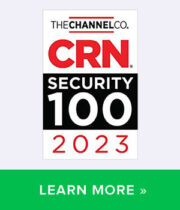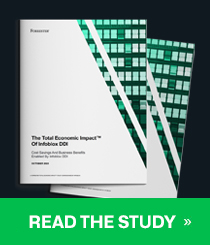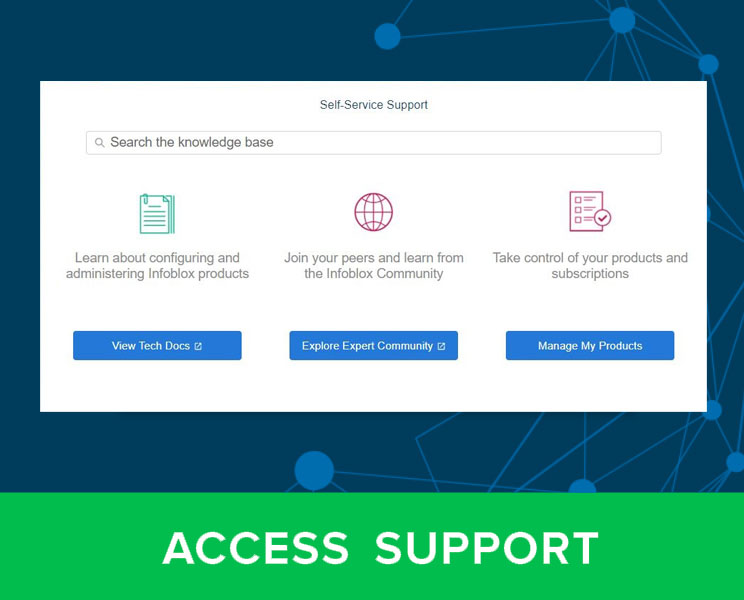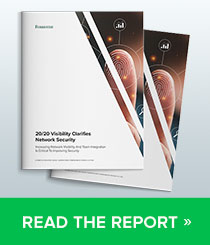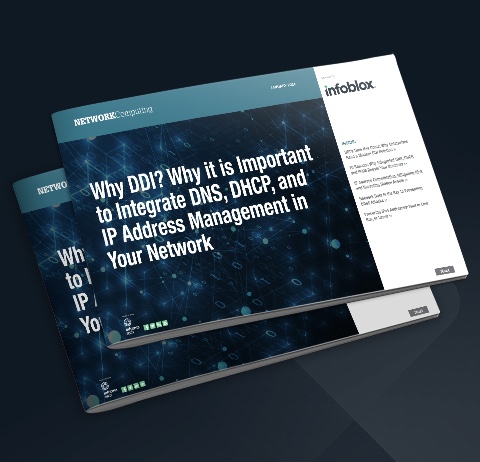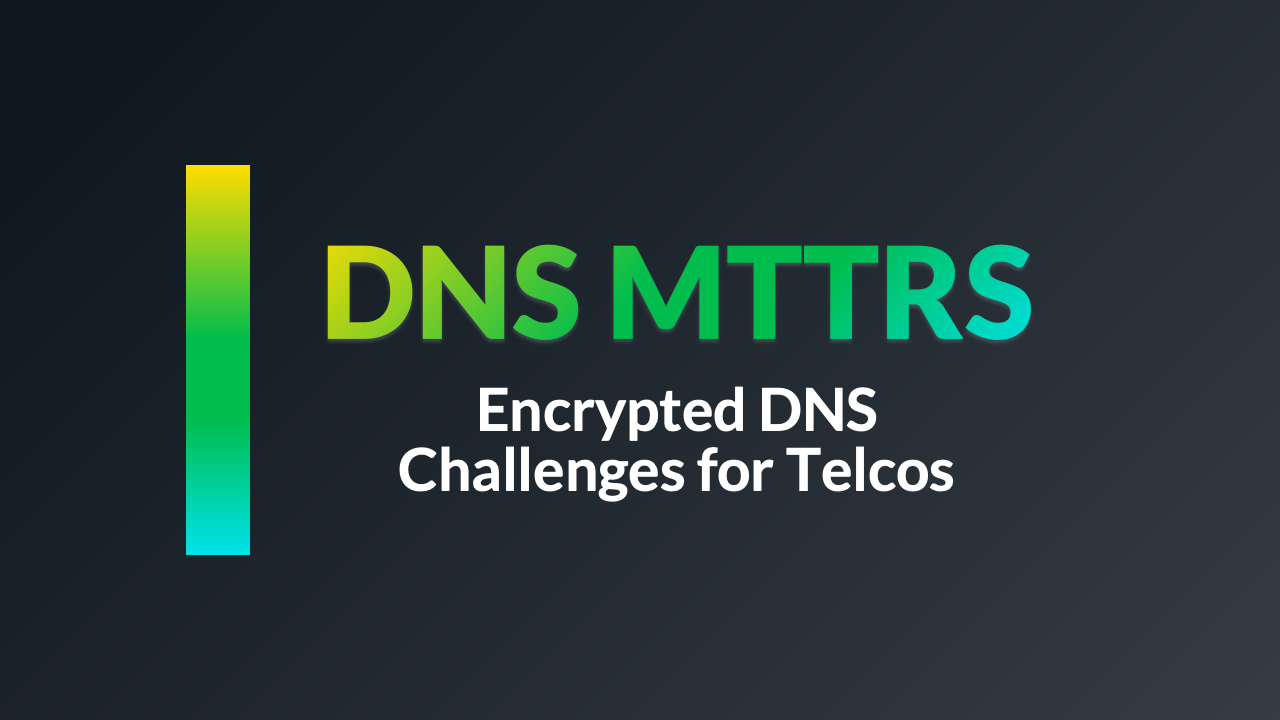- Why Infoblox
-
- Products
-
-
Networking Products Core network services including DNS, DHCP and IPAM (DDI)
Security Products Foundational security for anywhere protection
Automation Products Tools to streamline modern networking and security
-
Data Center | Cloud
NIOS DDI
Unify DNS, DHCP and IPAM for complex, on-premise networkingData Center | Cloud
-
-
- Solutions
-
-
Initiative
Solutions for key challengesTechnology
Key tools and integrationsIndustry
Vertical market solutionsJob Function
Solutions overview by role
-
Technology Optimization
Accelerate Office 365 performance
Ensure fast, reliable user experiencesSecure IoT
Protect devices across IoT environmentsDeploy IPv6
Set your network foundation up for successOptimize SD-WAN
Use cloud-managed DNS, DHCP and IPAM for better ROISupport Encrypted DNS
Offer DoT/DoH services while maintaining security and performance
-
-
- Support & Services
-
-
Customer Success
Services
-
-
- Resources
-
- Company
-
- Downloads

